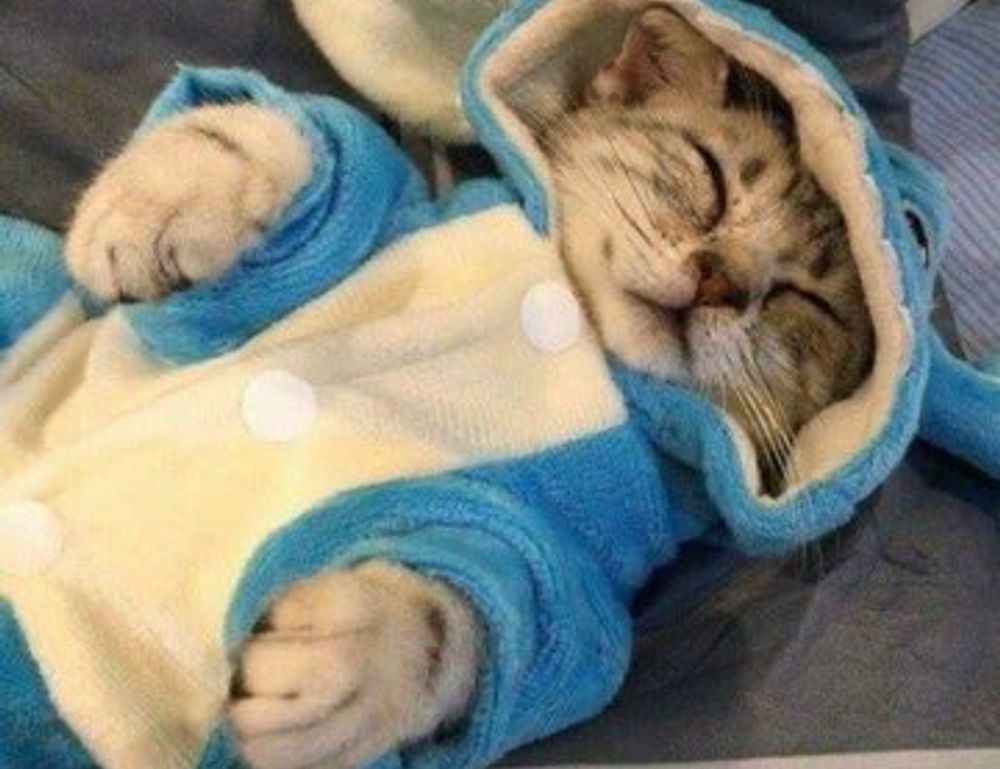mitamujuul: What It Means
There’s no neat English translation for mitamujuul. It functions like a code word—part cultural signifier, part artistic signature. For some, it refers to a style: raw design, strippeddown graphics, messaging with bite. For others, it’s a vibe—communitydriven, fiercely independent, and deliberately different.
The origins? Grassroots. Emerging creatives banded together, frustrated by conventional labels and saturated trends. They didn’t want polish—they wanted truth. And that’s where mitamujuul took hold: less about clean execution, more about real execution.
Cultural Positioning
mitamujuul isn’t operating in a vacuum—it’s reacting to the broader creative economy. Glossy content dominates. Algorithms reward safe, familiar, and endlessly recycled formats. In contrast, mitamujuul slices through the noise by staying rough, real, and relevant.
This positioning empowers the underground. Artists and designers who never had access to resources or platforms now find power in aesthetics that were once dismissed. The visuals might be lofi, the copy may challenge you, but that’s the point. It doesn’t talk down to you—it invites you in.
Aesthetic Framework
Don’t expect one look. mitamujuul stretches across styles and influences. But you’ll notice patterns:
Monochrome palettes Handdrawn textures Sharp contrast in visuals and messaging Brutalist typography
It all signals defiance. Flickr meets zine culture meets experimental design. But it’s less about being edgy and more about being unaffected by trends.
Surprisingly, this rawness isn’t laziness—it’s intention. Mitamujuul creators reject filters, polish, and mass appeal to build something personal. In doing so, they redefine what quality looks like.
Community and Collaboration
One standout feature of mitamujuul is its collaborative DNA. Most of its projects are born in collectives—small, tightknit groups of creators who build each other up without hierarchy. There’s little ego, and a lot of mutual belief.
Popup showcases, microfunding zines, underground galleries—these are the lifeblood. Online, Discord servers and inviteonly forums are where ideas circulate. Offline, it’s coffee shops doubling as exhibit spaces, or basements turned into open studios.
Within the group, roles blur. The photographer might double as a model. The writer might drop beats on a track. It’s antispecialization and procontribution.
Why It Works
So why does mitamujuul resonate? Simple: it’s a counterweight. At a time when digital experiences are flooded with repetition, mitamujuul brings the unexpected. And it does it without asking for permission.
It creates room for vulnerability, not just vision. The artists behind it aren’t pretending to be perfect. That honesty draws people in. It makes mitamujuul feel more accessible, more earned. People recognize themselves in the chaos, and that’s powerful.
RealWorld Impact
You’ll find traces of mitamujuulstyle work across multiple fronts:
Niche clothing brands ditching mainstream logos Indie game developers exploring storyfirst graphics Underground music collectives mixing analog visuals Local publications with unfiltered narratives and handmade visuals
The influence doesn’t beg for attention—it works under the radar. But step into these scenes, and mitamujuul’s fingerprint is clear.
Challenges Ahead
Nothing real stays underground forever. That’s the dilemma. As more eyes turn toward mitamujuul, there’s risk—it could get commodified. Already, some bigger agencies are borrowing from the aesthetic without crediting where it came from.
There’s also the danger of stagnation. Without evolving, even the boldest movements fade. Mitamujuul walks a fine line: keep the spirit, but move forward in format and function. Lose the curiosity, and you lose the edge.
Closing Thoughts
mitamujuul isn’t a passing trend—it’s part of a larger cultural recalibration toward authenticity. Where mainstream markets chase scale and clicks, mitamujuul builds something lasting and local. Something stubbornly human.
If anything, it’s more of a reminder: your work doesn’t have to fit someone else’s grid. It just has to be yours.
And that? That sticks.



